Polonnaruwa: ancient city – Sri Lanka
The Medieval Capital
Polonnaruwa was the medieval capital of Sri Lanka, and today it is one of the most beautiful centres of Sri Lanka’s cultural heritage and a UNESCO Heritage site. With its comparatively brief history and a dozen rules, it is has far more complete preserved ruins than Anuradhapura. Visit the ancient ruins and Gal Vihara complex, where 3 gigantic Buddha’s statues are carved out of a single rock. You also will be able to see the toque macaque monkeys, found only in Sri Lanka.
Polonnaruwa is an ancient city in the North Central Province of Sri Lanka, renowned for its well-preserved archaeological ruins. It is a UNESCO World Heritage Site and a key attraction within the country’s Cultural Triangle.
Here is a summary of its history and main attractions:
History of Polonnaruwa
- Second Capital: Polonnaruwa became the second capital of Sri Lanka after the destruction of the first capital, Anuradhapura, in 993 AD.
- Chola Influence: Initially, it was a capital under the Chola dynasty from South India, who had conquered the area in the late 10th century. During this time, the city saw the construction of Brahmanic (Hindu) monuments.
- Golden Age: After the Sinhalese King Vijayabahu I drove out the Cholas in 1070 and reclaimed the city as his capital, it entered its golden age in the 12th century under King Parakramabahu I (1153–1186). He transformed it into a magnificent urban center, overseeing massive building projects and creating the vast Parakrama Samudra reservoir, an engineering marvel that turned the region into “The Granary of the Orient.”
- Decline: The city’s glory lasted for a relatively short period (about 200 years) before it was abandoned in the early 13th century after subsequent invasions.
Main Attractions
The archaeological site is vast and can be explored by bicycle, tuk-tuk, or on foot. Key sites include:
| Attraction | Description |
| Gal Vihara | A rock-cut shrine featuring four magnificent Buddha statues carved from a single large granite slab. It is considered a high point of Sinhalese medieval carving. |
| The Quadrangle | The most concentrated collection of religious ruins in the city, which once held the sacred Tooth Relic. Key structures include the circular Vatadage (relic house), the Hatadage, and the seven-story pyramid-like Satmahal Prasada. |
| Royal Palace Complex | The ruins of King Parakramabahu I’s seven-story palace, the Royal Audience Hall (notable for its elephant frieze), and the Royal Baths. |
| Rankot Vihara | A massive, well-preserved brick stupa, the largest in Polonnaruwa and the fourth-largest in Sri Lanka. |
| Lankatilaka Image House | A monumental brick structure with walls soaring to 17 meters, containing a colossal headless Buddha statue. |
| Parakrama Samudra | A massive man-made reservoir constructed by King Parakramabahu I, which demonstrates the advanced hydraulic engineering of the ancient civilization. |
| Shiva Devales | Hindu temples, such as Shiva Devale No. 2, built in the South Indian Chola style, which showcase the cultural blend of the period. |
Local Hotels
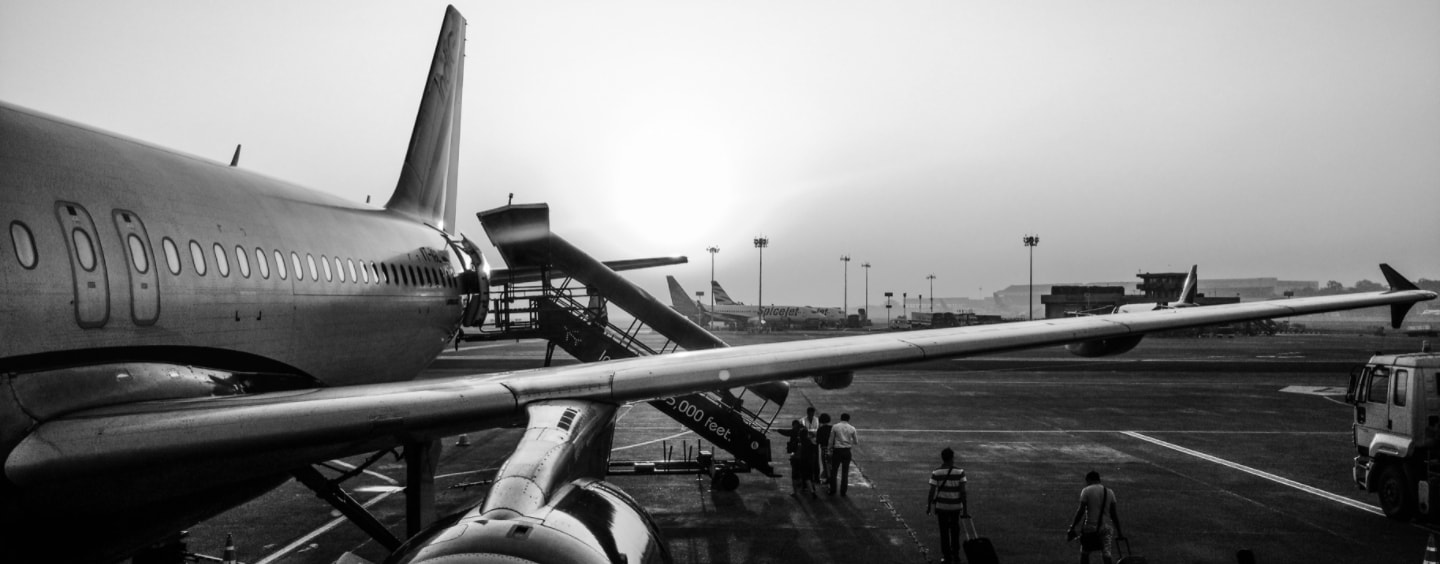
Unsure Where To Start?
Let’s talk about your Earth Trip


Our travel specialists are seasoned explorers with deep local insights. Whether it’s uncovering hidden gems or planning immersive cultural experiences, we design trips that go beyond the ordinary. Get in touch today!
Request A Video MeetingOther Popular Experiences










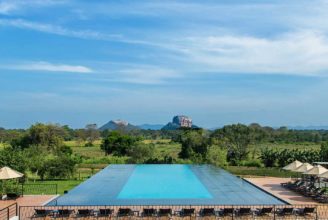
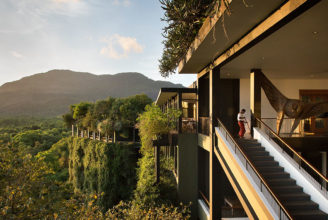
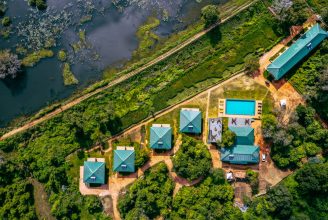
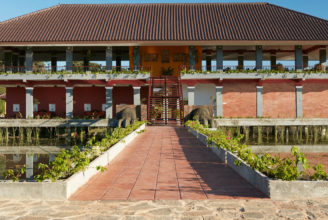
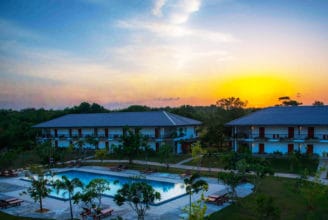
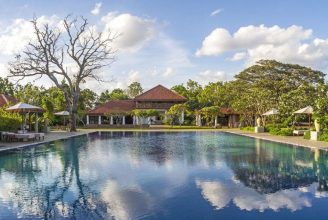
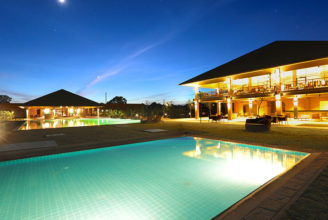
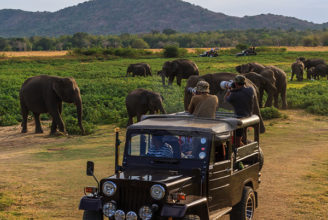

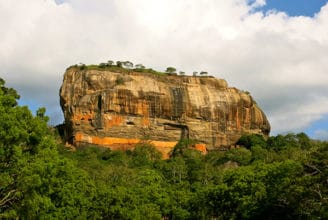
 Polonnaruwa
Polonnaruwa